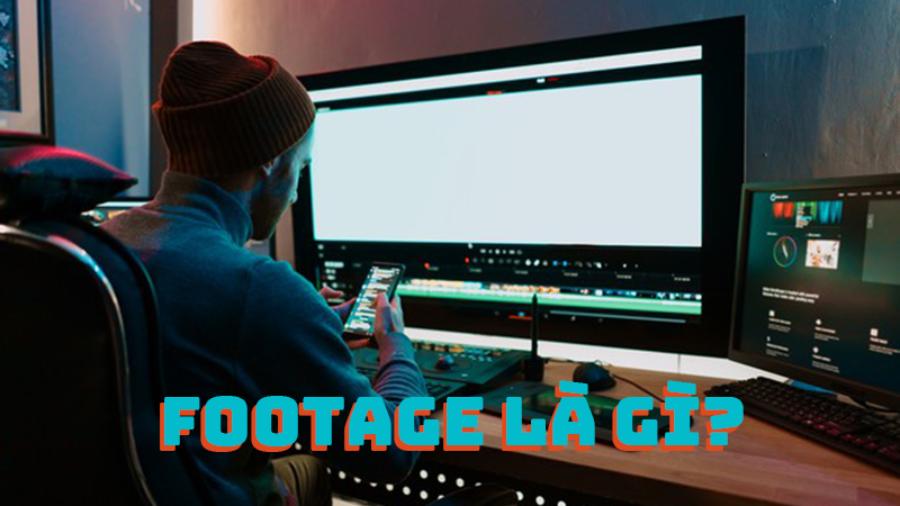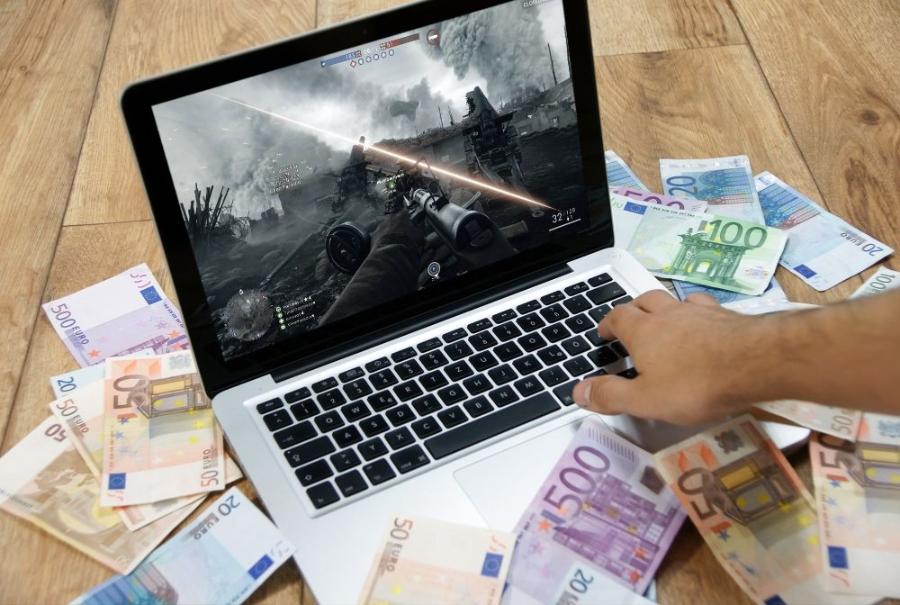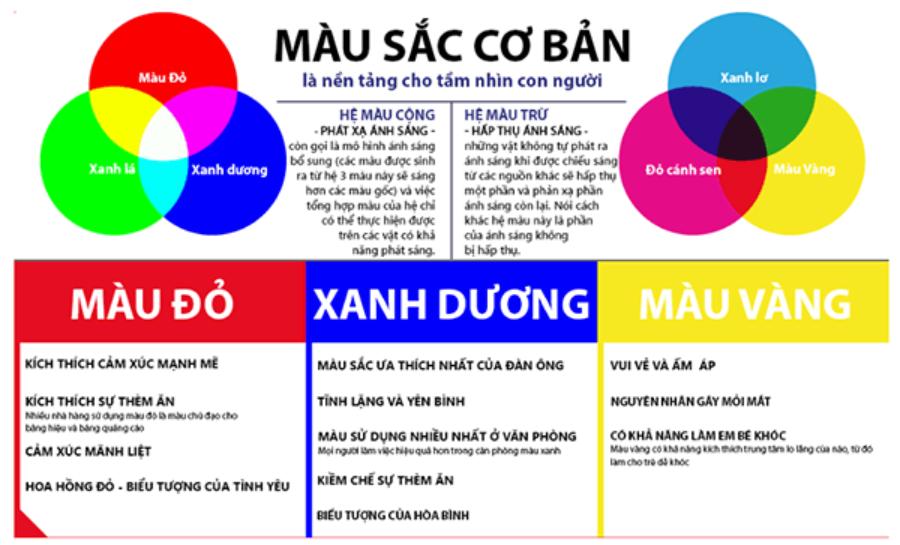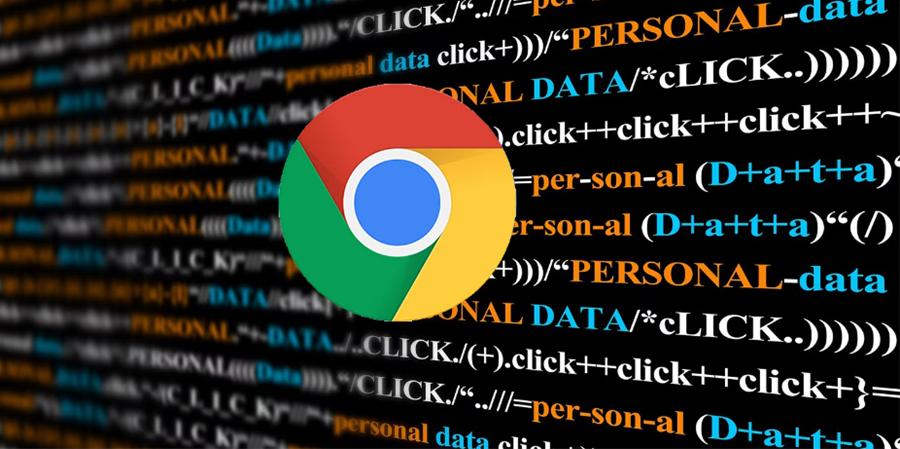Best Selling Products
What Is Video Footage? Find Out Information And How To Choose Appropriate Footage
Nội dung
- 1. What is Video Footage?
- 2. Why is Video Footage Important?
- 2.1. Save time and money
- 2.2. Increase project creativity
- 2.3. Provide unique perspectives
- 2.4. Easy integration with different projects
- 2.5. Meet the huge demand for video content
- 3. Types of video footage
- 3.1. Stock Footage
- 3.2. B-Roll Footage
- 3.3. Custom Footage
- 3.4. Drone Footage
- 3.5. Time-lapse Footage
- 3.6. Green Screen Footage
- 4. Applications of Video Footage in Content Production
- 4.1. Advertising and Marketing
- 4.2. Documentary Films and Videos
- 4.3. Television and Online Content
- 5. Benefits of Using Video Footage
- 5.1. Save Cost and Time
- 5.2. Increase Flexibility
- 5.3. Create High Quality Products
- 6. How to Choose the Right Video Footage for Your Project
- 6.1. Determine Purpose of Use
- 6.2. Video Quality Check
- 6.4. Copyright Guarantee and License to Use
- 7. Conclusion
Video footage is raw video footage used in content production projects. Discover how video footage can enhance your videos, saving you time and money on production.

What Is Video Footage? Find Out Information And How To Choose Appropriate Footage
Using video footage has become a major trend. These original videos not only help save costs but also create quality video works. In this article, let's explore the concept of video footage, its applications and benefits in creating impressive video products.
1. What is Video Footage?
In the video production industry, video footage (also known as raw video) is previously recorded video that is then reused in new production projects. This video footage can be shot by a professional videographer or collected from video libraries, saving the producer the time and cost of shooting a new video from scratch.
.jpg)
Video footage is not only about beautiful shots, but also simple shots that do not have much visual attention, but play an important role in enriching the video content. Using video footage is becoming a popular solution in many fields such as advertising, television, cinema, and other creative projects.
2. Why is Video Footage Important?
Video footage plays an important role in the creative industry for many reasons. Here are some reasons why video footage has become an indispensable element in today's film, advertising, and media production projects.
2.1. Save time and money
One of the biggest benefits of using video footage is that it saves time and money during production. Instead of having to reshoot every scene, producers can use existing footage to supplement their products. This helps reduce filming and production costs, while also shortening the time it takes to complete a project.
2.2. Increase project creativity
While video footage can be stock footage, combining it creatively can create truly unique products. Filmmakers and editors can use video footage to add details, enrich a story, or create interesting shots without having to reshoot too much.
2.3. Provide unique perspectives
Certain types of video footage, especially drone footage, can provide unique perspectives that would be impossible to achieve with traditional filming equipment. Aerial shots, or slow-motion, time-lapse footage can add some very impressive effects to the final product.
.jpg)
2.4. Easy integration with different projects
Video footage can be used in a variety of different types of productions, from commercials, documentaries, music videos to social media products. Using video footage allows producers to easily tailor and adapt the content to their goals and target audience.
2.5. Meet the huge demand for video content
With the growing demand for high-quality video content on digital platforms, using video footage allows producers to deliver a large amount of content without having to re-shoot each scene. This helps brands and companies create more engaging and rich advertising campaigns or media content.
3. Types of video footage
Video footage can be classified according to a variety of criteria, including purpose, genre, and quality. Here are some of the most common types of video footage:
3.1. Stock Footage
Stock footage is pre-recorded video footage that is sold or licensed for reuse. This footage can include nature, cityscapes, people, animals, or fictional situations. Stock footage is often used in commercials, documentaries, or video projects that don’t require a lot of creativity. Filmmakers and producers can purchase stock footage from online platforms and incorporate it into their productions.
.jpg)
3.2. B-Roll Footage
B-Roll is the term used to describe the supporting footage that accompanies the main shots (A-Roll). B-Roll is often used to set the stage for a story or to add small details to the storytelling. For example, if you are making a documentary about a company, B-Roll might include footage of the day-to-day operations of the office, products, or company logos.
3.3. Custom Footage
Custom footage is video footage that is shot specifically for a client or project. This type of footage is typically created by professional videographers and edited to fit a specific purpose. While custom footage can be more expensive than stock footage, it adds a personal and unique touch to creative projects.
3.4. Drone Footage
Drone footage is footage captured using an unmanned aircraft, often providing unique and expansive perspectives that traditional filming methods simply cannot achieve. This type of footage is popular in commercials, film studios, and films that require aerial shots, such as nature or architectural scenes.
3.5. Time-lapse Footage
Time-lapse footage is a special type of video footage where time is shortened to create a fast-motion effect. This can help viewers observe long-term processes such as the changing sky, the movement of clouds, or the development of an architectural structure. Time-lapse is often used in documentary projects or art videos.
3.6. Green Screen Footage
Green screen footage, also known as chroma key, is a technique used to replace the green background in a shot with any other image or video. Green screen footage allows producers to change the background of the shot, creating a completely different setting without having to shoot outdoors or in a specific setting.
4. Applications of Video Footage in Content Production
Video footage can be used in a wide variety of creative projects. Here are some common uses of video footage in content production:
4.1. Advertising and Marketing
In the advertising industry, the use of video footage has become a popular trend. Stock videos can be integrated into promotional videos to highlight a product, service or brand. With creativity, video footage can be combined with other elements such as motion graphics, sound and voiceover to create impressive advertising campaigns.
.jpg)
4.2. Documentary Films and Videos
Many films and documentaries also use video footage to supplement scenes that are difficult or impossible to shoot directly. This footage can be used to depict remote, hard-to-reach locations or to create special effects without having to shoot from scratch.
4.3. Television and Online Content
Video footage is also useful for creating television shows or online video content. Short clips can be used in news, entertainment videos, or product demonstration videos, helping to enrich content without having to shoot new footage each time.
5. Benefits of Using Video Footage
Video footage offers a lot of benefits to video producers. Here are some of the main reasons why you should use video footage in your creative projects:
5.1. Save Cost and Time
As mentioned above, using video footage can save you a lot of money and time on filming. If you are working on a project with a limited budget, using video footage can reduce the cost of filming, hiring a crew, and purchasing filming equipment.
5.2. Increase Flexibility
Video footage gives producers more flexibility in creating content. By using video footage, you can combine different shots to create a perfect final product, and easily edit and change content when needed.
5.3. Create High Quality Products
Video footage is usually shot in high quality, so when you use it in creative projects, you get a consistent quality product and don't have to worry about technical issues.
6. How to Choose the Right Video Footage for Your Project
Choosing the right video footage for your project is an important factor in creating a finished and impressive product. Here are some tips to help you choose the right video footage:
6.1. Determine Purpose of Use
Before selecting video footage, be clear about what you want to use it for. Do you need the footage to illustrate a specific story, or to add background footage to an advertisement? Being clear about your goals will help you choose the right footage.
6.2. Video Quality Check
The quality of your video footage is important. Make sure the footage you choose has good picture and sound quality. Avoid blurry or low-resolution footage as this can detract from the quality of your final product.
6.4. Copyright Guarantee and License to Use
Make sure you have the rights to use the video footage you choose. Some videos may require you to purchase a copyright or license to use in commercial projects.
7. Conclusion
With its outstanding benefits and flexibility, video footage will be a great choice for every video producer in their projects. If you are looking for high-quality video footage for your project, come to Saesign - We provide professional video production services, with a creative team and many years of experience in the industry. Let us accompany you to create impressive and inspiring video products.












































